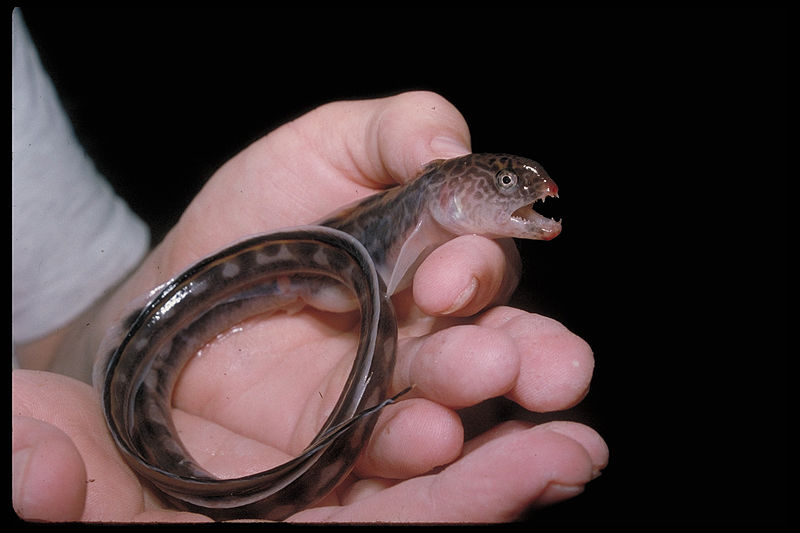
The wolffish is characterized by its incredibly long body (up to 7.5 feet), a big head, slender tail, powerful jaws, and multiple rows of teeth, some of which project outward from the mouth even when it’s closed. There is nothing particularly aggressive about the wolffish compared to any other carnivore, whether appealing or not to our visual senses. These fish appears quite ugly, grizzled, and almost devil like to the human eye, but looks can be deceiving. Wolf Eel: This species has a very long body that resembles an eel, but it is actually a pure wolffish.Bering Wolffish: As the name implies, this species is found around the Pacific regions of Russia and Alaska.Northern Wolffish: Also known as the rock turbot, the bull-headed catfish, the Arctic wolffish, and many other names, this species is native to the North Atlantic and the Arctic Oceans.Featuring dark spots, the color varies between olive green and brown. Spotted Wolffish: Also known as a leopard fish, this species inhabits both sides of the North Atlantic Ocean between Russia and Canada.The scientific name for this species is Anarhichas lupus (lupus means wolf in Latin). It also resides as far south as France and Spain. Atlantic Wolffish: Featuring a blue-gray body, a large dorsal fin, and light underside, this species resides in a stretch of territory between Labrador, Massachusetts, Greenland, Iceland, the North Sea area, and the coasts of Norway and Russia.The main difference between them is their appearance and location. Here is a list of all five wolffish species. Four of these species reside in the genus Anarhichas, while the wolf eel is the only species in the genus of Anarrhichthys. There are currently five documented species of these fish divided among two genera.

It comprises more than 10,000 species and 40% of all bony fish. This is actually one of the most diverse orders of animals in the world. They are most closely related to eelpouts, gunnels, and quillfish in the order of Perciformes. This apparently derives from a Greek term meaning to climb up. The wolffish is a family of species that goes by the scientific name of Anarhichadidae. If they stopped to float, they’re so heavy they would sink to the bottom! As a result, they have to keep swimming at all times.

#WOLF EEL LIFE CYCLE FULL#
Lacking a bladder: This fish doesn’t have a swim bladder or a bladder full of air.

Curiously, it does not usually hunt or feed on the soft flesh of other fish. These fish has a very powerful bite force that can crush the hard shell of mollusks and crustaceans almost instantly.It has evolved antifreeze proteins which circulate in the blood to keep its body functioning properly in the cold waters of the north. The wolffish can thrive in the Arctic regions as far north as Greenland.The wolffish is also known as the sea wolf, devil fish, or eel wolf in some places.The wolffish is an unfortunate victim of humanity’s destructive fishing practices, and several species are now in peril. It is also an ambush predator and not a pack animal. The wolffish is a rather solitary hunter that forms tight-knit bonds with its mate. The name derives from its resemblance to the famous canine wolf species, but the similarities end there. With its sharp canines, powerful jaws, and carnivorous lifestyle, the wolffish has a fearsome and devil-like appearance that lets you know it is a true predator of the sea.


 0 kommentar(er)
0 kommentar(er)
